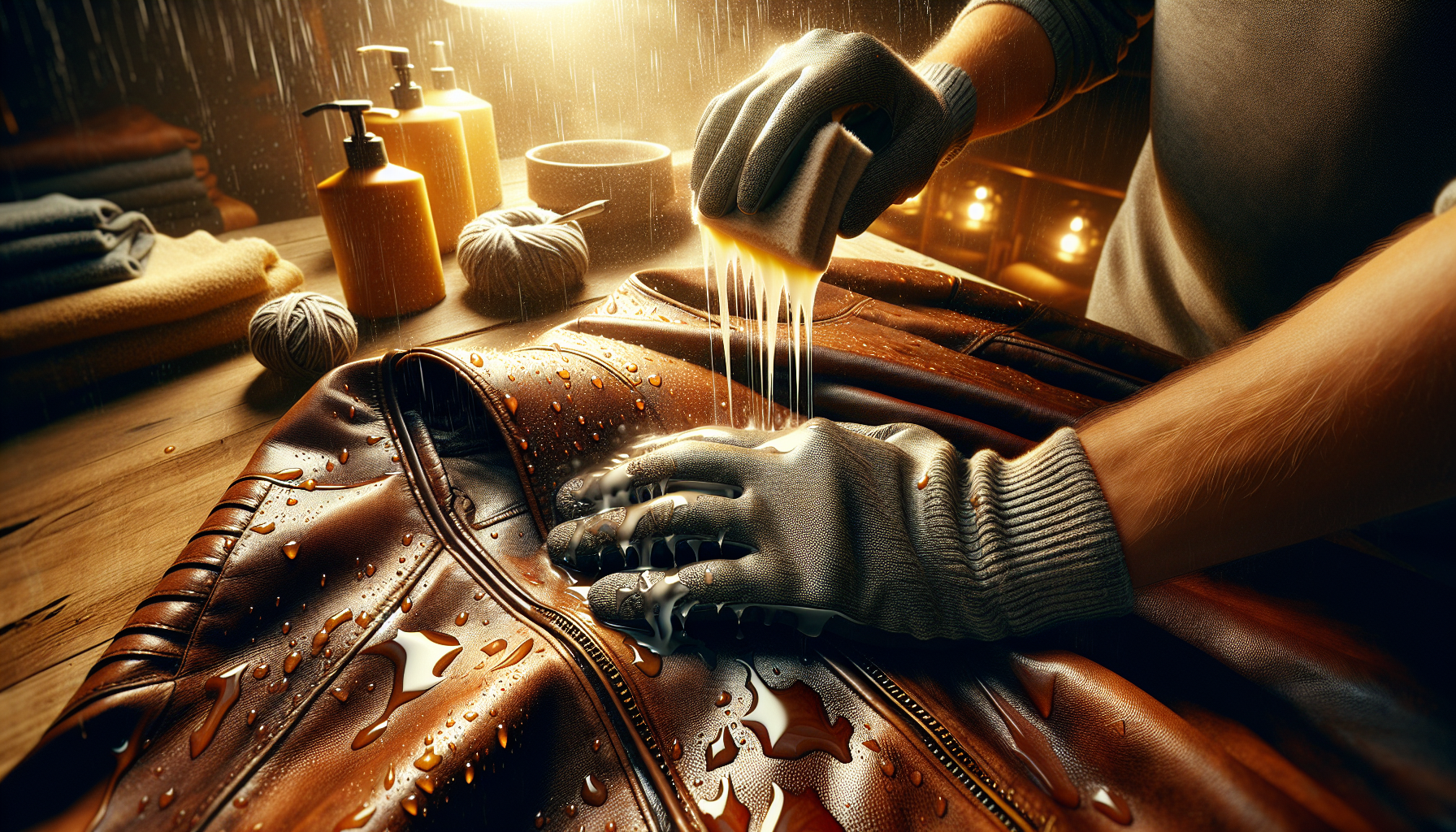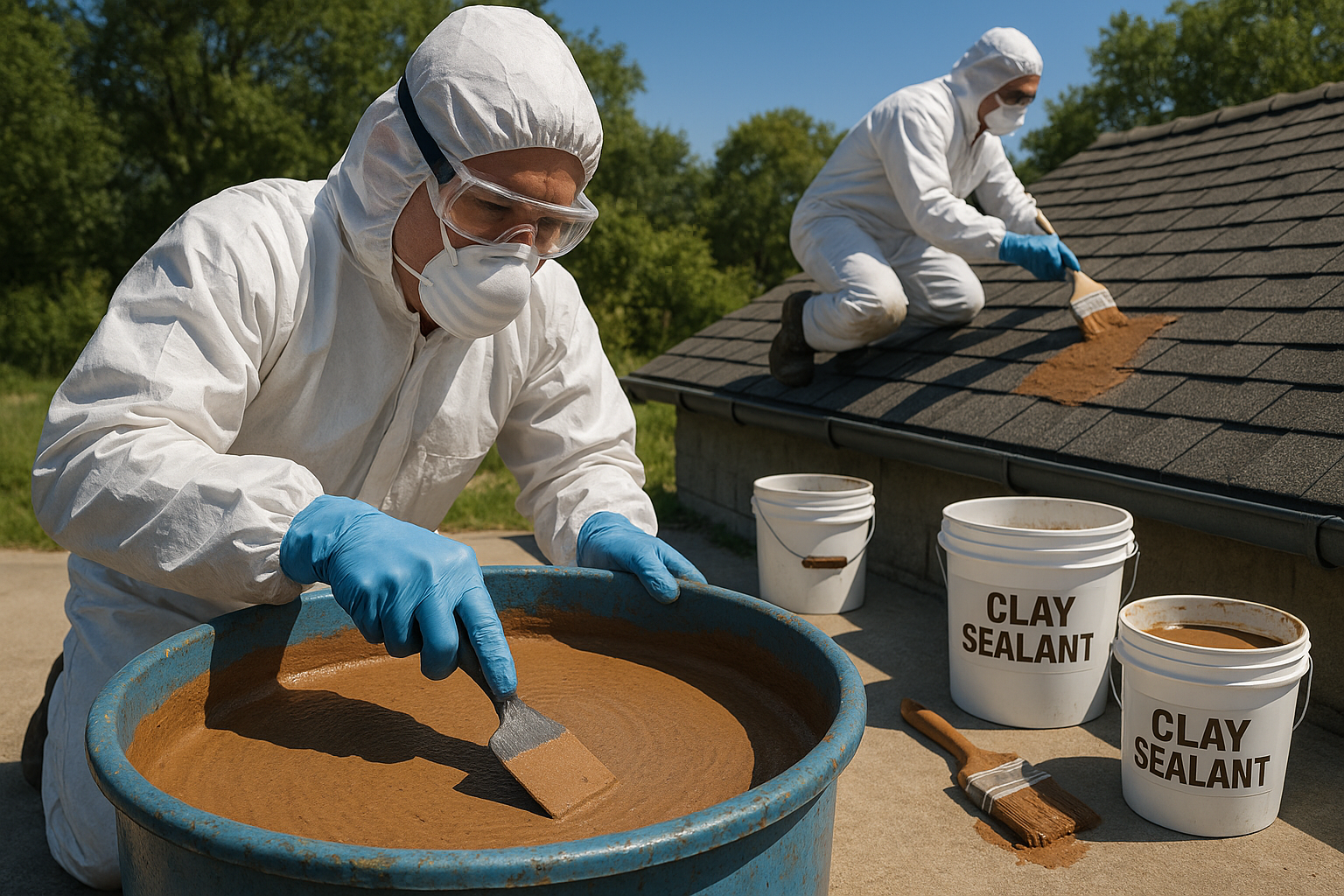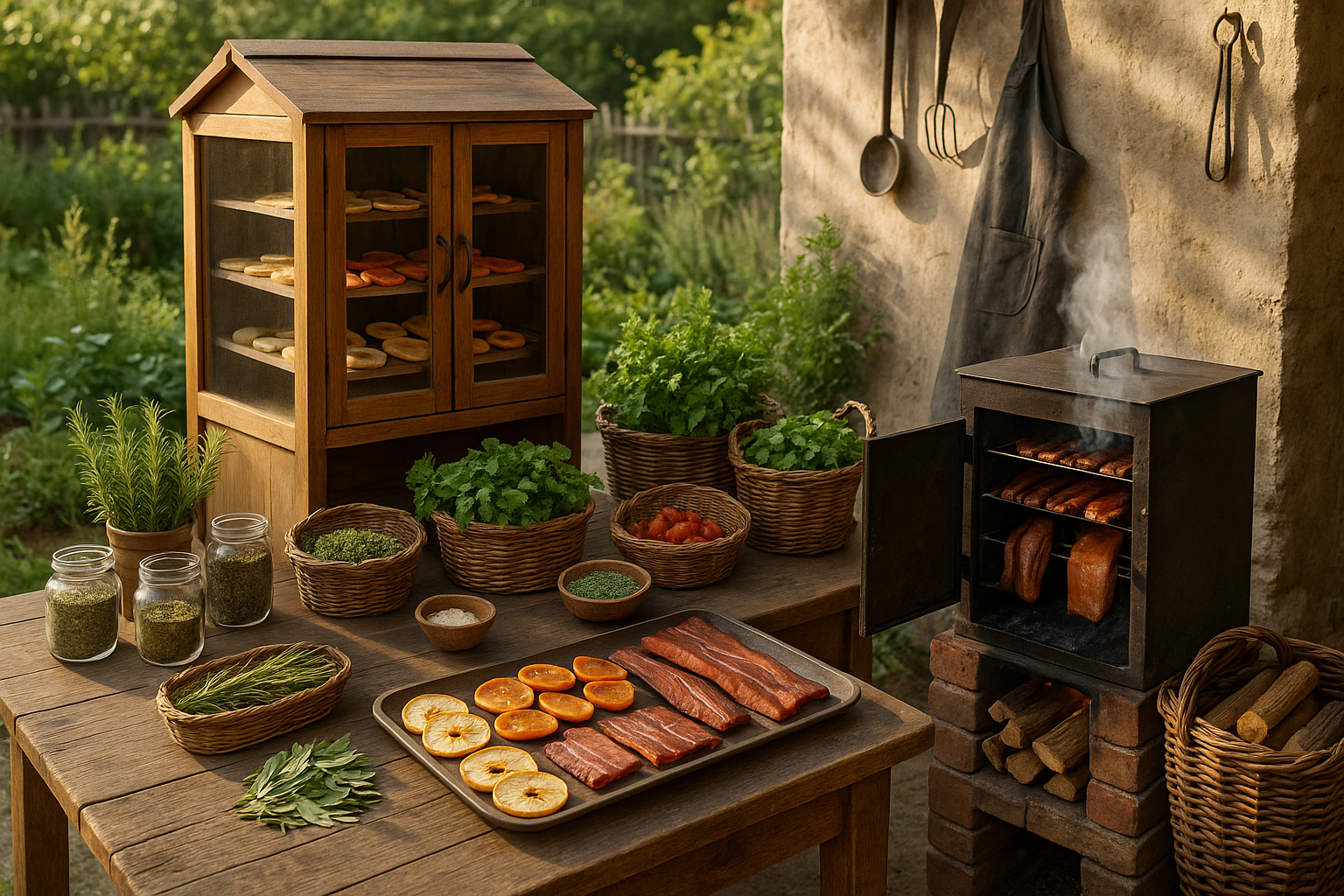In a world where the elements are both our greatest ally and fiercest adversary, the art of weatherproofing has become an essential skill for those who wish to brave the outdoors without fear. Whether you’re an avid adventurer, a weekend warrior, or simply someone who cherishes their outdoor spaces and possessions, the ability to protect your belongings from the capriciousness of Mother Nature is invaluable. Imagine the comfort of knowing that your gear, clothing, and even your cherished wooden furniture can withstand whatever the sky decides to throw at it. 🌧️
Welcome to “Stay Dry and Protected: The Ultimate Guide to Weatherproofing with Wax Coating,” where we delve into the timeless and highly effective method of using wax to shield a multitude of surfaces from water, wind, and wear. Wax coating is not just a technique; it’s a tradition steeped in history, with roots tracing back to ancient civilizations that first discovered the protective properties of natural waxes. Today, this technique has evolved, integrating modern innovations to enhance its efficacy while maintaining its natural appeal.
In this comprehensive guide, we will explore the ins and outs of wax coating, beginning with a deep dive into the science behind its waterproofing capabilities. You’ll gain insights into how wax creates a formidable barrier against moisture, preventing it from seeping into fabrics, woods, and leathers, thus extending the life and performance of your items. Additionally, we’ll uncover the different types of waxes available, from beeswax to paraffin to more eco-friendly options, and help you determine which is best suited for your specific needs.
But knowing the theory is only half the battle. Our guide is packed with practical advice and step-by-step instructions to ensure you can apply wax coatings with confidence and precision. You’ll learn the essential tools and techniques required for effective application, as well as tips for maintaining your waxed items to keep them performing at their best. Whether you’re treating your trusty hiking boots, your elegant leather jacket, or your garden’s wooden furniture, our guide will equip you with the knowledge to achieve professional results.
Finally, we’ll explore the broader benefits of wax coating beyond mere waterproofing. Discover how this versatile technique enhances durability, provides UV protection, and even contributes to a sustainable lifestyle by reducing the need for replacements and repairs. By the end of this guide, you’ll not only be equipped to weatherproof your possessions but also empowered to make informed choices that benefit both you and the environment. So, get ready to dive into the world of wax coating and transform how you approach the elements! 🌿
Introduction to Wax Coating for Weatherproofing
In the pursuit of weatherproofing, wax coating emerges as an age-old yet remarkably effective method. This technique, rooted in historical applications, has evolved significantly to meet modern demands. Wax coating creates a protective barrier against moisture, extending the life of various materials. Its applications range from clothing to outdoor furniture, and even vehicles, showcasing its versatility and enduring relevance.
Wax coating works by penetrating the surface of the material and creating a waterproof layer. This barrier not only repels water but also guards against dirt and stains, making it an ideal solution for those living in areas prone to harsh weather conditions. With the growing interest in sustainable practices, wax coatings are increasingly preferred due to their natural ingredients and minimal environmental impact.
The benefits of wax coating are multifaceted. Beyond protection from the elements, it enhances the aesthetic appeal of materials, giving them a rich, lustrous finish. Furthermore, wax coatings are relatively easy to apply, offering a DIY-friendly approach to weatherproofing. This article delves into the intricacies of wax coating, exploring its benefits, application methods, and comparisons with alternative weatherproofing solutions.
The Science Behind Wax Coating
Wax coating operates on a simple yet effective principle: creating a hydrophobic layer that prevents water from penetrating the material’s surface. The molecular structure of wax allows it to bind closely to the material, forming a robust shield against moisture. This protective layer is achieved through a combination of natural and synthetic waxes, each contributing unique properties to the coating.
Natural waxes, such as beeswax and carnauba, are renowned for their excellent water-repelling capabilities. Beeswax, derived from honeybees, offers a pliable and easy-to-apply solution, while carnauba, sourced from the leaves of the Brazilian palm tree, provides a harder, more durable finish. On the other hand, synthetic waxes, like paraffin and microcrystalline wax, are engineered for specific performance characteristics, such as higher melting points and increased durability.
The choice of wax depends on the intended application and desired properties. For instance, beeswax might be preferred for clothing due to its flexibility, whereas carnauba could be ideal for outdoor furniture, where durability is paramount. Understanding the chemistry behind wax coating enables users to make informed decisions, ensuring optimal protection and longevity for their belongings.
Application Techniques for Optimal Results
Applying wax coating requires precision and attention to detail to achieve optimal results. The process typically begins with cleaning the surface to remove any dirt, grease, or previous coatings. This ensures that the wax adheres properly and forms an even layer. Depending on the material, different application methods may be employed, such as brushing, spraying, or rubbing the wax onto the surface.
For clothing, a common method is to melt the wax and apply it using a brush or cloth. Once the wax is evenly distributed, a heat source, such as a hairdryer, is used to melt the wax further, allowing it to penetrate the fabric. This step is crucial for ensuring complete coverage and maximum water repellency. After cooling, the coated item is ready for use.
For larger surfaces, such as outdoor furniture or vehicles, spray applications might be more practical. This method allows for quick and even distribution of wax, ensuring comprehensive coverage. Regardless of the method, the key to successful wax coating lies in patience and meticulousness. A well-executed wax coating not only offers superior protection but also enhances the appearance of the item.
Comparative Analysis: Wax Coating vs. Other Weatherproofing Methods
To fully appreciate the efficacy of wax coating, it’s essential to compare it with alternative weatherproofing methods. The table below highlights some common methods and their respective pros and cons:
MethodProsConsWax CoatingNatural, Sustainable, Enhances AestheticsRequires Reapplication, Limited to Certain MaterialsSilicone SprayEasy to Apply, Long-lastingCan Alter Appearance, SyntheticRubberized CoatingDurable, Excellent WaterproofingHeavy, May Crack Over TimePolyurethane CoatingStrong, VersatileExpensive, Can Be Toxic
As seen in the table, each method has its unique strengths and weaknesses. Wax coating stands out for its natural composition and aesthetic enhancement. However, it requires regular maintenance to ensure continued effectiveness. In contrast, synthetic options like silicone spray offer longer-lasting protection but may compromise the appearance of the material.
Rubberized and polyurethane coatings provide robust protection but at the cost of increased weight and potential toxicity. Ultimately, the choice of weatherproofing method depends on the specific requirements of the application and the user’s preferences.
Real-World Applications and Case Studies
Wax coating has proven its worth across a variety of applications, from everyday clothing to high-performance outdoor gear. In the fashion industry, waxed jackets are celebrated for their timeless style and practical benefits. Brands like Barbour have popularized waxed cotton jackets, which offer a blend of classic aesthetics and modern functionality. These garments are particularly favored by those who spend a lot of time outdoors, as they provide reliable protection against rain and wind.
In the realm of outdoor furniture, wax coatings help maintain the integrity and appearance of wood surfaces. By preventing moisture ingress, wax extends the lifespan of furniture, reducing the need for frequent replacements. This not only offers economic benefits but also supports sustainable practices by minimizing waste.
Vehicles, too, benefit from wax coatings. Car enthusiasts often apply wax to protect the paintwork from the elements and enhance the vehicle’s shine. This protective layer guards against UV damage, water spots, and other environmental factors, ensuring that the car remains in pristine condition for longer.
To see wax coating in action, check out this informative video on wax application techniques: “The Art of Wax Coating” – Channel: DIY Weatherproofing. This video provides a step-by-step guide to applying wax, offering valuable insights for both beginners and seasoned DIY enthusiasts.
Tips for Maintaining Wax-Coated Items
Once you’ve invested time and effort into applying wax coating, it’s crucial to maintain it to ensure long-lasting protection. Here are some tips to help you get the most out of your wax-coated items:
- Regularly inspect the coated surface for signs of wear or damage. Prompt repairs can prevent further deterioration.
- Avoid exposing wax-coated items to extreme temperatures, as this can cause the wax to melt or crack.
- When cleaning wax-coated items, use gentle methods that won’t strip away the protective layer. Mild soap and water are usually sufficient.
- If you notice the wax coating starting to wear thin, reapply a fresh layer to maintain optimal protection.
By following these maintenance tips, you can ensure that your wax-coated items remain effective and visually appealing for years to come. Wax coating offers a sustainable and aesthetically pleasing solution to weatherproofing, making it a worthy investment for those seeking to protect their belongings from the elements.

Conclusion
In conclusion, the exploration of wax coating as a method for weatherproofing is both an enlightening and essential journey for anyone looking to protect their possessions from the relentless forces of nature. Throughout this article, we’ve delved into the multifaceted benefits of using wax coatings, a practice that dates back centuries yet remains profoundly relevant today. Let’s recap the key points we’ve addressed and why they hold significance in our quest for durability and protection.
Firstly, we discussed the historical context and enduring popularity of wax coating. From ancient times, civilizations have harnessed the power of wax to shield materials from moisture and decay. This enduring technique underscores the trust placed in wax as a reliable barrier against the elements. Today, with advancements in technology and formulation, wax coatings offer enhanced protection, proving that sometimes, the old ways remain the best.
Next, we examined the science behind how wax coatings work. By forming a hydrophobic layer on surfaces, wax effectively repels water, preventing it from seeping into fabrics, leathers, and even certain wood surfaces. This attribute is crucial in safeguarding items such as outdoor gear, clothing, and furniture, which are constantly exposed to varying weather conditions. The simplicity of this process, coupled with its efficacy, makes it an appealing choice for both personal and commercial applications.
Moreover, we explored the practical application of wax coatings across various materials. Whether it’s waterproofing a cherished pair of boots, extending the life of a canvas tent, or protecting wooden surfaces, the versatility of wax is unmatched. Each material requires specific preparation and application techniques, which we have meticulously detailed to ensure optimal results. These guidelines empower you to confidently apply wax coatings, preserving the integrity and longevity of your possessions.
Furthermore, the environmental benefits of using wax coatings were highlighted. In an era where sustainability is paramount, opting for natural waxes is an eco-friendly alternative to synthetic waterproofing methods that often contain harmful chemicals. Natural waxes, such as beeswax or carnauba, are biodegradable and sourced from renewable resources, aligning with sustainable practices that are increasingly embraced globally.
The economic advantages of wax coating are also worth noting. By investing in this method of protection, individuals can significantly extend the lifespan of their belongings, reducing the need for frequent replacements and ultimately saving money. This cost-effectiveness is a compelling argument for adopting wax coating as a staple in personal and business maintenance routines.
Lastly, we touched upon the aesthetic benefits of wax coatings. Beyond functionality, wax can enhance the visual appeal of items, imparting a soft sheen and rich texture that revitalizes surfaces. This dual benefit of protection and beautification is yet another reason why wax coating remains a favored choice for artisans and manufacturers alike.
In reinforcing the importance of weatherproofing with wax coatings, we recognize the timelessness and adaptability of this practice. In a world where climate unpredictability is a growing concern, taking proactive measures to protect our belongings is not merely advisable but necessary. Wax coating offers a practical, cost-effective, and environmentally conscious solution to this challenge.
As you reflect on the insights shared in this guide, consider how you might integrate wax coating into your own life. Whether you’re a seasoned outdoor enthusiast, a fashion aficionado, or someone simply looking to preserve the integrity of cherished items, the application of wax coatings can have a profound impact. 🌧️✨
We encourage you to share this knowledge with others who might benefit from it. Engage in discussions, leave your comments, or share your own experiences with wax coatings. Together, we can foster a community that values preservation and protection, ensuring that our possessions stand the test of time.
To further explore the topic, consider consulting reputable sources and conducting your own research. Websites such as Smithsonian Magazine, National Geographic, and Scientific American offer extensive resources on historical and scientific aspects of wax use.
Thank you for joining us on this journey to understanding and mastering the art of weatherproofing with wax coating. We hope you feel inspired to apply what you’ve learned and continue exploring the many ways you can protect and enhance your world. 🌟




